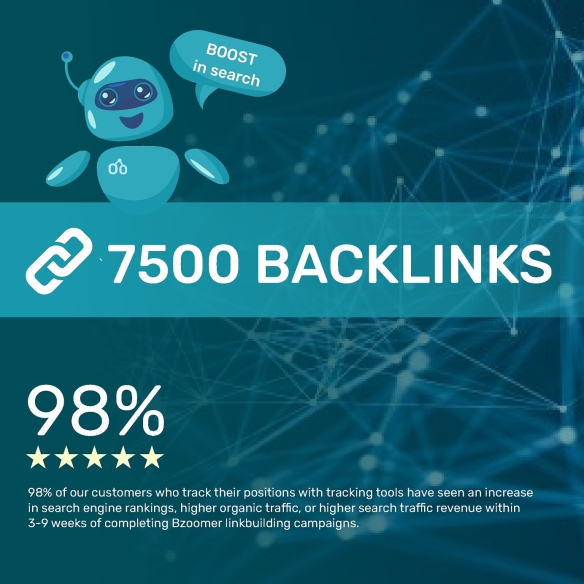Customer loyalty has always been the backbone of successful businesses. In today’s digital world, however, consumers expect more than just discounts or a traditional point card. They want experiences that are interactive, entertaining, and rewarding. This is where gamification loyalty comes into play.
By combining the psychology of games with proven loyalty strategies, companies can create programs that not only drive repeat purchases but also strengthen emotional connections with their customers.
What Is Gamification Loyalty?
Gamification loyalty is the practice of integrating game mechanics—such as points, levels, leaderboards, and challenges—into customer loyalty programs. Instead of focusing solely on transactional rewards, gamification makes the process fun, competitive, and engaging.
Humans are naturally motivated by progress, recognition, and achievement. A gamified loyalty program taps into these motivations, encouraging customers to interact with a brand more frequently and enthusiastically.
Why Gamification Loyalty Works
Traditional loyalty systems often fail because customers lose interest once the rewards feel predictable. Gamification solves this problem by adding excitement, creativity, and surprise. Key reasons it works include:
• Psychological Motivation – Customers enjoy completing challenges, earning badges, and climbing levels.
• Higher Engagement – Gamified apps and platforms keep customers returning more often.
• Retention and Loyalty – Customers who invest time and effort into a gamified system are less likely to switch to competitors.
• Sales Growth – Customers are motivated to make additional purchases to unlock new milestones or rewards.
Core Elements of Gamification Loyalty
When designing a gamification loyalty program, businesses can implement different mechanics to maximize engagement:
• Point Systems and Levels – Customers earn points for purchases and move through tiers that unlock better benefits.
• Challenges and Missions – Time-limited tasks such as “Shop twice this week” encourage short-term activity.
• Badges and Achievements – Customers receive recognition for milestones like referrals, reviews, or first-time purchases.
• Leaderboards – Foster friendly competition among customers and communities.
• Surprise Rewards – Add elements of unpredictability with random gifts or spin-to-win features.
The Impact on Customer Engagement
The main strength of gamification loyalty is its ability to transform customer behavior. Instead of seeing loyalty programs as passive systems, customers actively engage because they feel rewarded and entertained.
• Customers check apps and websites more frequently to monitor progress.
• Participation in gamified missions leads to consistent repeat purchases.
• Social sharing features encourage customers to show off achievements, generating organic brand visibility.
Benefits for Businesses
A well-designed gamification loyalty program doesn’t just benefit customers—it delivers tangible business results:
• Increased Repeat Purchases – Customers buy more frequently to achieve rewards.
• Higher Average Order Value – Spending grows as customers aim to reach the next milestone.
• Improved Customer Data – Businesses collect valuable insights into customer behavior.
• Brand Advocacy – Customers who enjoy gamified systems are more likely to recommend the brand.
Best Practices for Implementing Gamification Loyalty
To succeed with gamification loyalty, businesses should follow these best practices:
• Keep It Simple – The rules must be clear and easy to understand.
• Make Rewards Valuable – Offer benefits that customers truly care about.
• Use Personalization – Tailor challenges and missions to customer preferences.
• Balance Fun with Goals – Ensure gamification encourages actions that align with business objectives.
• Evolve the Program – Refresh challenges regularly to maintain excitement.
The Future of Gamification Loyalty
As customer expectations rise, gamification loyalty is becoming a standard in modern loyalty strategies. Emerging technologies such as mobile apps, AI-driven personalization, and augmented reality will only expand the potential of gamified customer experiences.
Businesses that invest in gamification loyalty today will not only stand out from competitors but also build stronger, more lasting relationships with their customers.
Conclusion
Gamification loyalty is more than a marketing buzzword—it’s a proven strategy to increase engagement, retention, and sales. By leveraging game mechanics, businesses can transform ordinary loyalty programs into exciting customer journeys that inspire long-term commitment.
For companies seeking a robust and flexible solution, BonusQR’s Loyalty Gamification Platform offers advanced tools to design interactive programs that drive measurable results.


